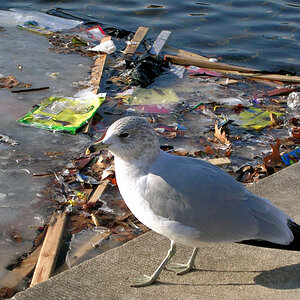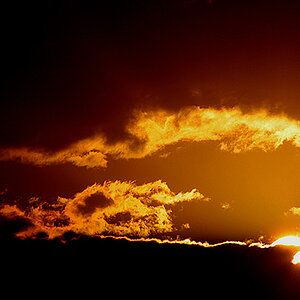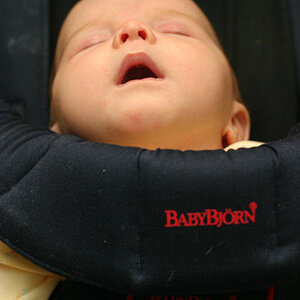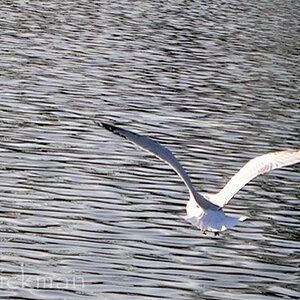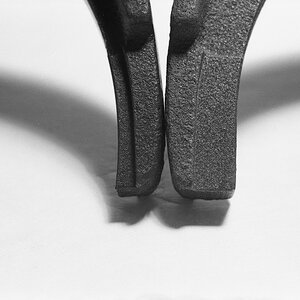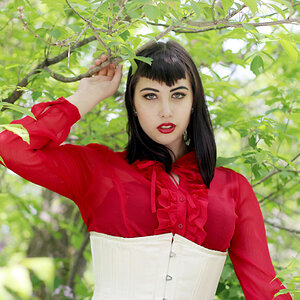nadineb
TPF Noob!
- Joined
- Nov 29, 2007
- Messages
- 3
- Reaction score
- 0
- Location
- Sydney
- Can others edit my Photos
- Photos OK to edit
From what I have read about photography, a slow shutter speed lets more light in and thus having a photo with more light or exposure.
But sometimes while using my camera (EOS 400D), when I slow down the shutter speed as much as I can, I get a normal photo with normal lighting (sometimes even darker than usual).
Am I missing something? Is there something I just don't understand?
..or am I just a total noob?
But sometimes while using my camera (EOS 400D), when I slow down the shutter speed as much as I can, I get a normal photo with normal lighting (sometimes even darker than usual).
Am I missing something? Is there something I just don't understand?
..or am I just a total noob?



![[No title]](/data/xfmg/thumbnail/39/39657-59afb9b38e439b33906e81e4952470ac.jpg?1619739154)
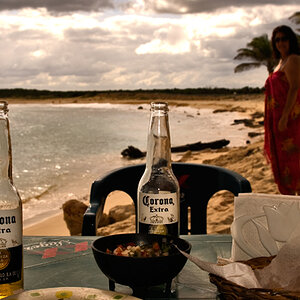
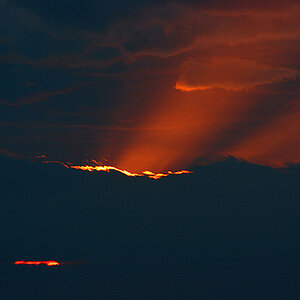
![[No title]](/data/xfmg/thumbnail/37/37132-262f6a30f085c3ab6d83925db41b553b.jpg?1619737884)
![[No title]](/data/xfmg/thumbnail/37/37128-189b79232a3c6bf0c2c530e4eea0b8cd.jpg?1619737884)
